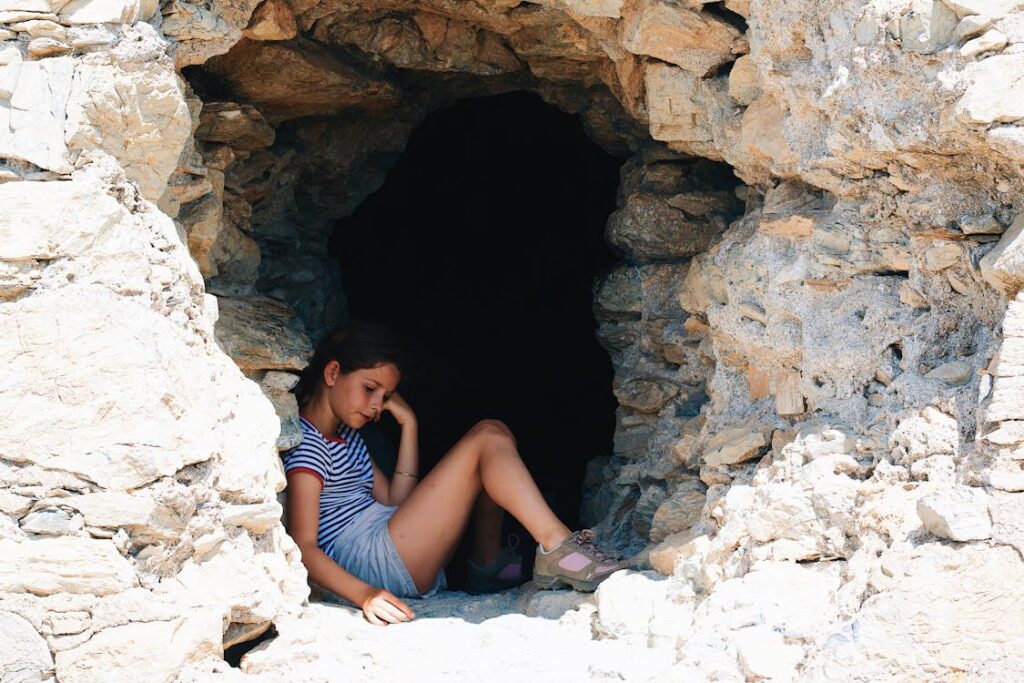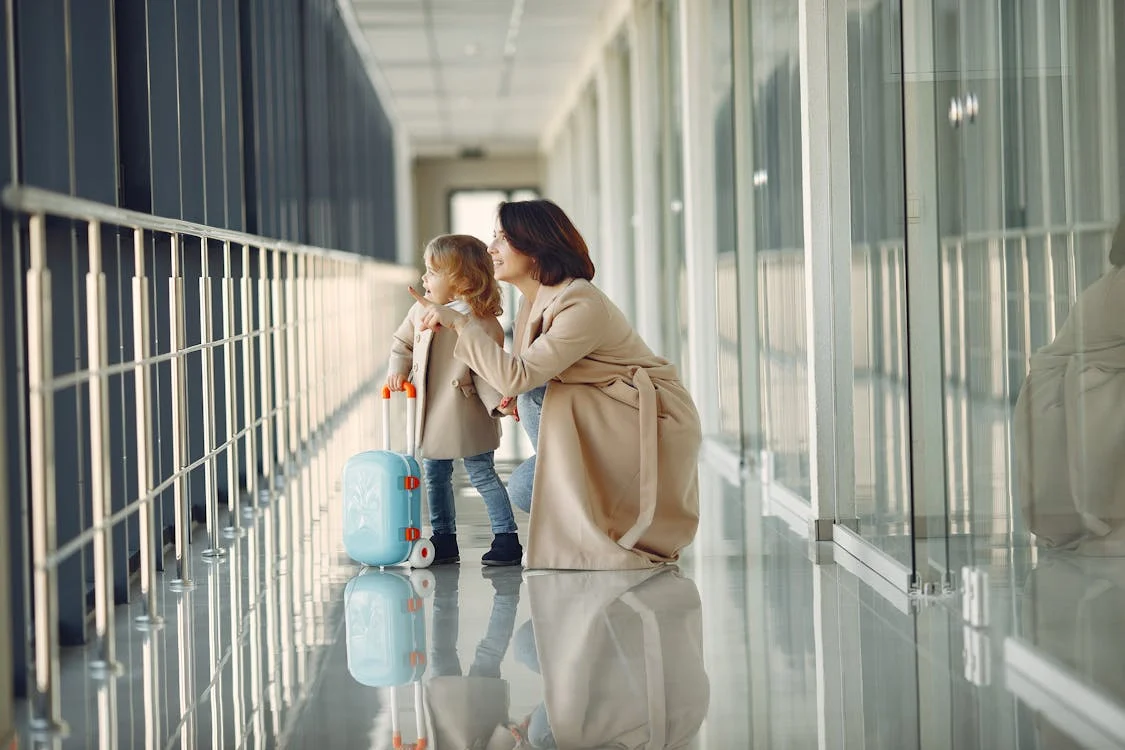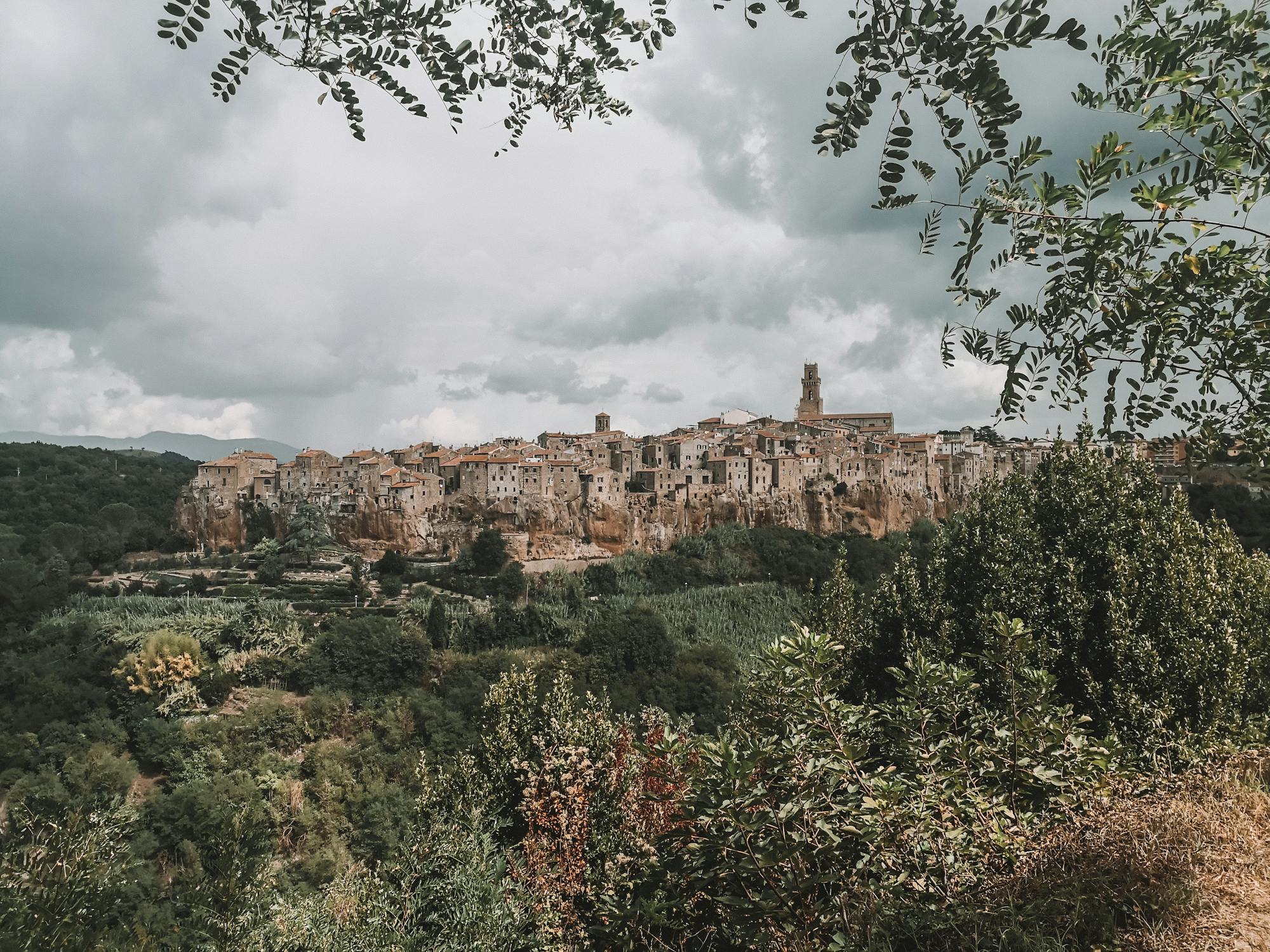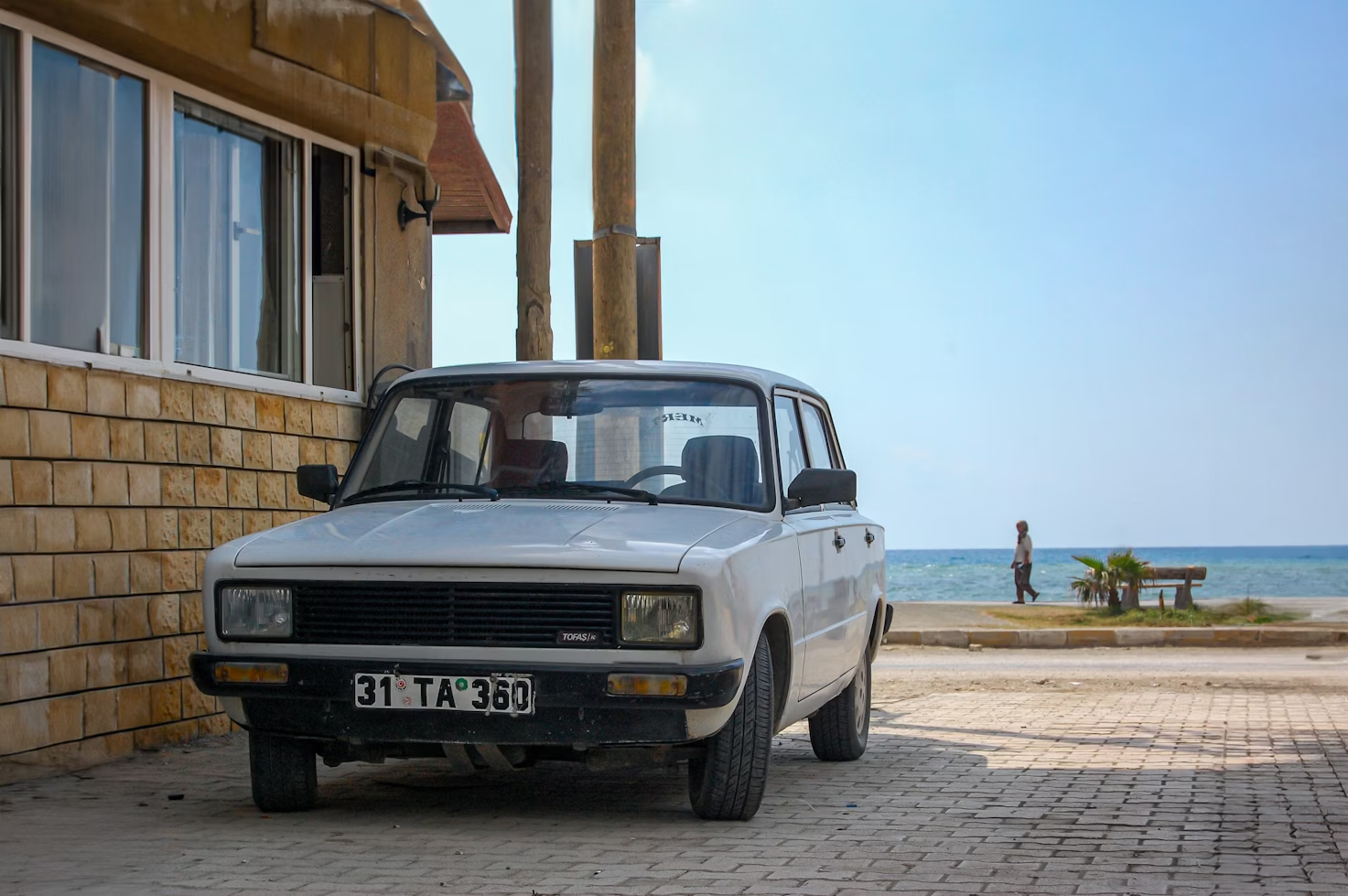Traveling through Europe with kids often feels like an overwhelming challenge. The thought of juggling packed itineraries, public transit, and tired little ones might discourage even the most adventurous families. But here’s the truth: not only is it possible, but it can also be an unforgettable experience.
- Plan shorter days with built-in breaks to keep kids happy and rested.
- Choose kid-friendly activities like parks, museums with hands-on exhibits, or outdoor spaces.
- Use trains and public transit to make getting around easier and more fun for kids.
- Pack snacks, entertainment, and essentials to handle travel delays and keep everyone comfortable.
- Be flexible and adjust plans when needed to avoid stress and enjoy the trip.
With the right planning, family travel in Europe can create lifelong memories while exploring new cultures. This guide offers practical tips on choosing family-friendly destinations and accommodations to make your trip smooth and stress-free.
Is European Travel With Kids Too Difficult?

Traveling in Europe with children often raises a few eyebrows, with concerns over safety, cultural challenges, and the stress associated with managing young ones abroad. But are these concerns grounded, or do they overshadow the joys and feasibility of exploring Europe with the whole family? Let’s address some common myths and offer practical insights.
Safety considerations for families
A common myth about traveling in Europe with kids is that it’s unsafe for families. In reality, many European destinations prioritize safety and have family-friendly infrastructure, making it easy to explore with children. Here are some family-friendly safety tips for European travel:
- Healthcare: Most European countries provide excellent healthcare, with EU nations guaranteeing high standards and accessibility. Emergency care is reliable, buttravel insurance is essential for unexpected costs. Remember to pack any necessary medications before your trip.
- Public Transportation: Traveling by train or bus in Europe is not only scenic but also very safe for families. Many trains and buses are equipped with child seats, making them convenient for parents with young kids.
- Family Accommodations: Staying in family-focused accommodations contributes significantly to a safe and enjoyable trip.Choosing between VRBO or Airbnb can provide a sense of home away from home, as many come with child-friendly amenities like cribs and high chairs.
Cultural perceptions and preparedness
Many fear cultural differences when traveling with kids, but with preparation, they can enrich your journey. Children’s curiosity helps break barriers—here’s how understanding culture can make travel easier:
- Teach kids about local norms: Start by researching simple, positive gestures that are encouraged in your chosen country. For example, a friendly “bonjour” in France or a cheerful “ciao” in Italy can show respect and openness.
- Mind cultural faux pas: While customs can vary widely, some universal principles apply—being respectful, dressing appropriately, and showing courtesy always go a long way. If you’re visiting Central or Eastern Europe, checking theguide to cultural faux pas provides helpful insights for families.
- Encourage curiosity: Instead of fearing cultural differences, see them as teachable moments. A visit to a local market or museum can spark your child’s interest and create shared learning experiences.
Teaching the value of patience and humor in unusual or unfamiliar situations helps children adjust and thrive in new environments.
Top Family-Friendly Destinations in Europe

Traveling through Europe with your family can be easy and memorable. With a rich history, welcoming cultures, and endless activities, there’s something for everyone—be it beaches or peaceful countryside escapes. Let’s explore two standout regions:
Exploring Greece With Kids
Greece is an incredible destination for families, offering warm hospitality, rich history, and stunning landscapes that cater to all ages. Here are two top family-friendly spots to consider:
- Halkidiki: Located in northern Greece, Halkidiki combines pristine beaches with lush pine forests, making it perfect for outdoor adventures. Families can stay in upscale resorts with kids’ clubs or enjoy water activities like paddleboarding and snorkeling in calm, shallow waters.
- Salamina: This peaceful island near Athens is known for its relaxed atmosphere and family-oriented accommodations. Families can explore cultural sites like the Euripidean Cave, savor fresh seafood at local tavernas, and enjoy a quiet retreat with easy access to Greek culture.
Italy’s Hidden Gems For Families
Italy isn’t just cities and ruins—it’s also serene countryside perfect for families. Stay at an agriturismo to enjoy fresh meals, hands-on farming, and unforgettable experiences. Here are some highlights families can enjoy at Italy’s agriturismos:
- Families can immerse themselves in farming traditions by interacting with animals, learning cheese-making, or participating in fruit and olive harvesting.
- Parents can relax with a glass of local wine during group dinners under the stars while children bond with new friends.
- Popular regions like Tuscany, Umbria, and Sardinia offer easy access to nature and authentic Italian culture.
These destinations in Greece and Italy showcase the incredible variety of experiences Europe can offer families. From sun-soaked beaches to hands-on farming adventures, there’s no shortage of incredible places to explore together.
Essential Travel Logistics For Families in Europe
Traveling with your family in Europe involves more than just picking destinations. Logistics like accommodations and transportation play a critical role in ensuring a stress-free trip. By considering the specific needs of your kids and being prepared for the challenges, you’ll make the experience enjoyable for the whole family.
Booking family-friendly accommodations
Finding a comfortable, child-friendly place to stay is key to a great family trip. Europe offers plenty of options, from boutique hotels to spacious vacation rentals. Platforms like Airbnb and Vrbo are great for finding family-friendly properties. Look for:
- Kids’ Amenities: High chairs, cribs, and play areas can save you a lot of hassle and packing.
- Location: Opt for places close to attractions or public transportation to minimize travel time.
- Kitchen Facilities: Having access to a kitchen allows you to prepare meals, offering a break from dining out and catering to picky eaters.
Navigating Europe’s transportation system with kids
Europe’s transportation network is as diverse as its destinations, and figuring out how to get around is vital for family travel. Whether you’re zipping through cities on metros or exploring countryside roads with a rental car, the key is to choose modes of transport that suit your family.
- Train Travel: European trains are not only efficient but also family-friendly. Most trains have ample storage for strollers and luggage, and kids under a certain age often travel for free or at a reduced rate. It’s also easier to keep kids entertained with the passing scenery.
- Public Transport: Cities like Paris, Berlin, and Amsterdam have excellent public transit systems with discounted or free rides for kids. Many systems include ramps and elevators, making them convenient for strollers.
- Car Rentals: If you’re visiting more remote areas or traveling between smaller towns, renting a car can provide flexibility and convenience. Just make sure to check local car seat requirements and rental policies in advance.
- Taxis and Rideshares: Apps like Uber or local rideshares are often more flexible than public transport, especially if you’re carrying tired little ones after a long day.
By choosing the right combination of accommodation and transit options, you’ll make your European adventure far more manageable for both kids and parents.
Balancing Family Travel and Adventure

Planning a family trip to Europe comes with its own set of challenges, and maintaining a sense of balance between sticking to routines and diving into exploration is key. Finding this sweet spot ensures the trip stays enjoyable for everyone—from energized kids to relaxed parents. Here’s how to keep everything on track while creating amazing memories.
Maintaining Eating And Sleeping Routines
Keeping a routine for meals and sleep can be a lifesaver, especially in the whirlwind of travel. While you’re eager to dive into the new surroundings, kids thrive on structure—and neglecting this can lead to crankiness and fatigue that could derail the day.
- Meal Planning: Pack snacks and plan off-peak restaurant visits to avoid waits. If staying in a rental, cook meals your kids enjoy. Grocery stores in Europe offer familiar basics and fun local treats.
- Sleep Schedules: Adjust bedtime slightly before traveling and stick to early dinners and wind-down time. Bring blackout curtains or sleep masks for better rest.
Engaging Activities to Keep Kids Entertained
Keeping kids entertained while exploring new destinations can sometimes feel daunting, but Europe offers plenty of engaging, family-friendly activities that seamlessly blend fun and education. Here are a few ideas to capture their imagination:
- Interactive Museums: European cities like Amsterdam and London have amazing museums for young learners. The NEMO Science Museum in Amsterdam offers hands-on experiments for kids aged 4-12. London’s Natural History Museum features awe-inspiring exhibits like a life-sized dinosaur skeleton.
- Cultural Activities: Help kids connect with new cultures through traditional crafts. In Italy, they can join pizza-making or pasta workshops. Or dive into folklore with storytelling theaters or puppet shows in Prague or Budapest.
- Outdoor Options: Nature walks, bike rides or even visiting local markets keep kids entertained while teaching them about local life.
Let’s face it—active sightseeing can be tiring for little ones. Interspersing these activities with downtime ensures kids (and adults) maintain their energy throughout the day.
Benefits of European Travel for Kids
Traveling through Europe gives kids more than memories—it’s an educational experience. Exposure to new cultures, languages, and interactive learning helps them better understand the world. Let’s explore the benefits:
Educational Value Of Travel
One of the standout advantages of exploring Europe with kids is the sheer volume of learning opportunities packed into every destination. Unlike classroom settings, travel immerses children in living history, tangible lessons, and real-world knowledge.
- Historic Sites: Visiting places like the Parthenon in Greece or the Roman Colosseum in Italy brings history to life. Instead of just reading about ancient civilizations, kids can stand where history happened.
- Cultural Landmarks: From iconic spots like the Eiffel Tower to hidden gems, children learn the stories behind these sites, sparking curiosity in art, architecture, and heritage.
- Interactive Museums & Educational Spaces: European cities have museums with hands-on activities for kids, like London’s Science Museum or the Van Gogh Museum in Amsterdam, blending fun and learning.
Overcoming Language Barriers
Traveling to a country with a different language can be challenging but rewarding. For children, it’s a great way to experience global diversity. Here are tips to handle language barriers:
- Use Translation Apps: Apps like Google Translate make navigating conversations and situations much easier. Show your kids how to use these tools for basic translation, helping them feel in control during interactions.
- Learn Basic Phrases Together: Even small efforts go a long way. Teach your children simple greetings like “bonjour” (hello) or “grazie” (thank you). These words often open doors and create a friendly rapport with locals.
- Encourage Interaction With Local Children: Playgrounds, parks, and local markets are great places where languages aren’t always necessary to connect. Kids often gravitate toward each other and find ways to communicate through games or gestures.
Not only do these practices help ease communication, but they also empower children to adapt and feel confident in unfamiliar surroundings. Exposing kids to a multilingual world at an early age deepens their understanding of cultural context and gives them tools for interaction far beyond their travel experiences.
Final Thoughts
Traveling through Europe with kids is not only feasible but immensely rewarding. With the right preparation, families can overcome challenges and enjoy unforgettable adventures, whether exploring museums in Athens or sampling local cuisines in Italy. Each destination offers unique experiences that make family travel enriching for kids and parents alike.
- Research family-friendly attractions and activities in each destination.
- Pack light but include essentials like snacks, entertainment, and first-aid supplies.
- Plan downtime into your schedule to avoid burnout and stay flexible.
- Book accommodations with kid-friendly amenities, like extra space or a kitchen.
- Involve your kids in planning to build excitement and keep them engaged.
Instead of hesitating due to myths surrounding logistics or cultural differences, take proactive steps to plan your journey. Remember, the value lies in the shared moments and the lessons learned along the way.





